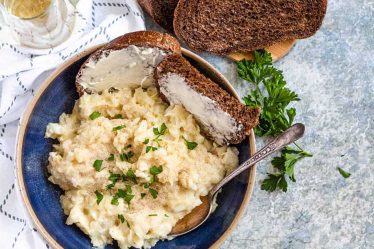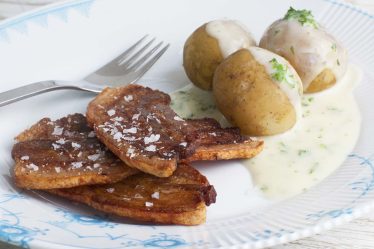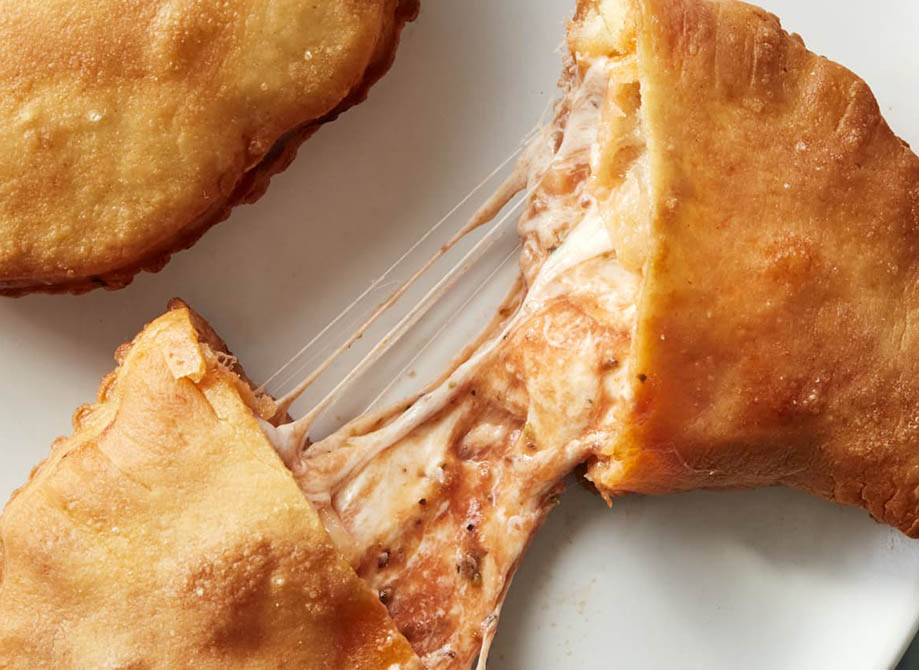
As someone who has traveled extensively throughout Italy, from the hills of Tuscany to the colorful Amalfi Coast, I can confidently say that the region of Puglia—specifically the city of Foggia—holds a unique and deeply authentic culinary charm. Foggia isn’t on every tourist’s radar, and perhaps that’s precisely what makes its cuisine so unapologetically real. Here, food is not about trends or presentation. It’s about soul.
What struck me most during my time in Foggia was how seamlessly food is woven into daily life. Meals are not rushed or secondary—they’re sacred. Whether it’s a grandmother hand-rolling pasta in a quiet alleyway, or a local butcher proudly sharing his family’s soppressata recipe, every bite feels like a warm invitation into someone’s home.
In this guide, I want to take you through my unforgettable culinary journey in Foggia—dish by dish, bite by bite. These eight local specialties capture the essence of this southern Italian city, where every meal tells a story of history, family, and tradition. Come hungry—you’re in for something truly special.
1. Orecchiette con Cime di Rapa (Orecchiette with Turnip Tops)
Where to try it: Trattoria Ambasciata Orsarese
📍 Via Ciampitti, 7
💶 Around €18 per person
📞 Reservations: Call +39 0881 777 112
I had my first plate of orecchiette here on a quiet evening, and it was nothing short of sublime. The pasta—handmade in-house—was slightly chewy, resembling small ears (hence the name “orecchiette”). It was smothered in a velvety sauce of sautéed turnip tops, anchovies, garlic, and a touch of chili. This is the quintessential Foggian comfort dish, bitter and bold, often misunderstood until that first bite.
What made it memorable for me was how this humble dish carried so much depth. The owner, a middle-aged woman with a passion for local recipes, proudly explained that the turnip greens were from her uncle’s farm. It doesn’t get more local than that.
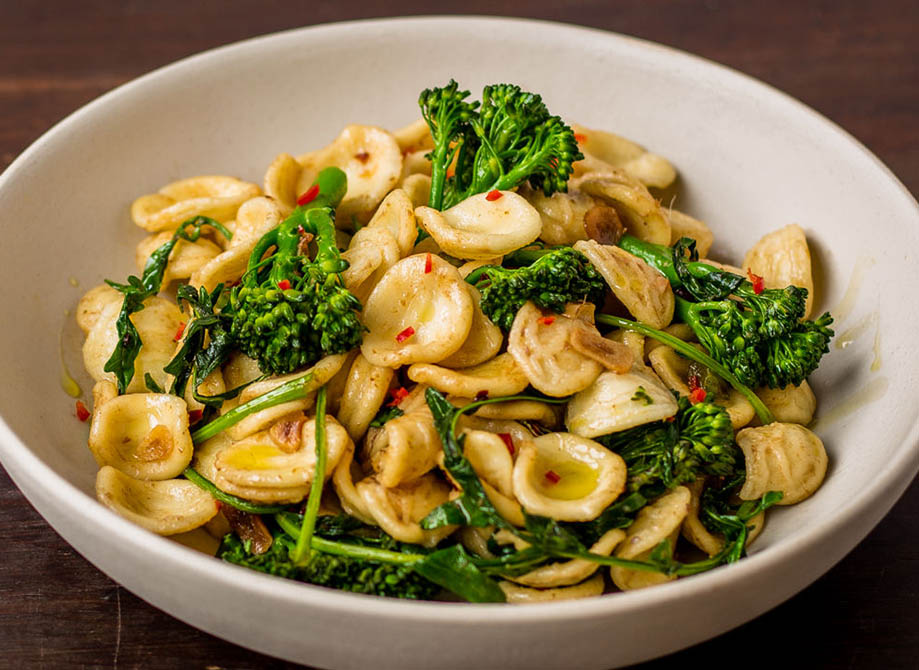
2. Panzerotti (Stuffed Fried Dough)
Where to try it: La Cantina del Vico
📍 Vico La Rocca, 12
💶 Around €10–€15 per person
📞 Reservations: Walk-in or call +39 0881 776 939
A panzerotto is a Southern Italian cousin of the calzone—but crispier, smaller, and often much better. At La Cantina del Vico, the panzerotti are legendary. Stuffed with fresh mozzarella and tomato sauce, and then deep-fried to golden perfection, the dough crackles with each bite.
I ordered the classic version, but they also offer variations with prosciutto, mushrooms, and even spicy ‘nduja. Eating this with a cold local beer, sitting outside in a cobbled alleyway under the warm air, made for one of the simplest yet most satisfying moments of my trip.
3. Zuppa di Legumi (Mixed Legume Soup)
Where to try it: Locanda dei Sapori Perduti
📍 Via Arpi, 152
💶 €20–€25 per person
📞 Reservations: Recommended via phone +39 0881 766 555
Don’t let the idea of soup fool you. This dish is a symphony of texture and flavor—earthy, aromatic, and impossibly hearty. The version I tasted included lentils, chickpeas, fava beans, and barley, slow-cooked in vegetable stock with rosemary and garlic.
The rustic bowl arrived with toasted pane di Altamura on the side, and after one spoonful, I could taste the generational knowledge behind it. This was not just a dish; it was rural Puglia in edible form.
4. Cicatelli con Ragu di Maiale (Cicatelli Pasta with Pork Ragu)
Where to try it: Ristorante Il Capriccio
📍 Via Manzoni, 28
💶 €25–€30 per person
📞 Reservations: Call +39 0881 770 888
Cicatelli is a traditional pasta shape from the Foggia area—elongated, grooved, and perfect for catching sauce. I tried it with a slow-cooked pork ragu that had been simmering for hours, and the result was absolutely heavenly.
What stood out for me was the texture: the pasta had just enough bite, and the ragu was rich without being overwhelming. Each mouthful was a masterclass in balance. If you’re craving something deeply meaty and warming, this is the one.
5. Pampanella (Spicy Roasted Pork)
Where to try it: Braceria da Ciro
📍 Via Giuseppe Rosati, 67
💶 €20–€30 per person
📞 Reservations: Suggested by phone +39 0881 775 431
Originally from nearby Molise, pampanella has found a home in Foggia’s meat-loving culture. At Braceria da Ciro, it’s served hot and fiery—thin slices of pork shoulder marinated in paprika, garlic, and vinegar, then slow-roasted.
I wasn’t expecting to love this as much as I did. It had an almost barbecue-like depth, crispy edges, and a bold red hue. Paired with a glass of local Nero di Troia wine, it was pure carnivorous delight.
6. Caciocavallo alla Brace (Grilled Caciocavallo Cheese)
Where to try it: Osteria del Gusto
📍 Via Galliani, 29
💶 €18–€22 per person
📞 Reservations: Phone +39 0881 772 092
I’ve had cheese in many forms—aged, fresh, baked—but grilled caciocavallo was an entirely new experience. The cheese is hung and aged in caves near Foggia, then grilled over an open flame until the exterior is caramelized and the inside is molten.
The salty tang of the cheese combined with the smoky crust was outrageously addictive. Served with roasted peppers and slices of rustic bread, it made for a decadent appetizer or even a shared main course.
7. Pasta e Patate al Forno (Baked Pasta with Potatoes)
Where to try it: Casa Tua Ristorante
📍 Via Silvio Pellico, 4
💶 €18–€24 per person
📞 Reservations: Call +39 0881 778 720
Comfort food takes many forms, and this dish—somewhere between pasta bake and gratin—hit all the right notes. Layers of pasta, thinly sliced potatoes, cheese, and breadcrumbs were baked to golden brown, with crispy corners and a gooey center.
There’s something unpretentious about this dish. It reminded me of the kind of food Italian grandmothers make when guests are over—filling, flavorful, and completely un-fussy.
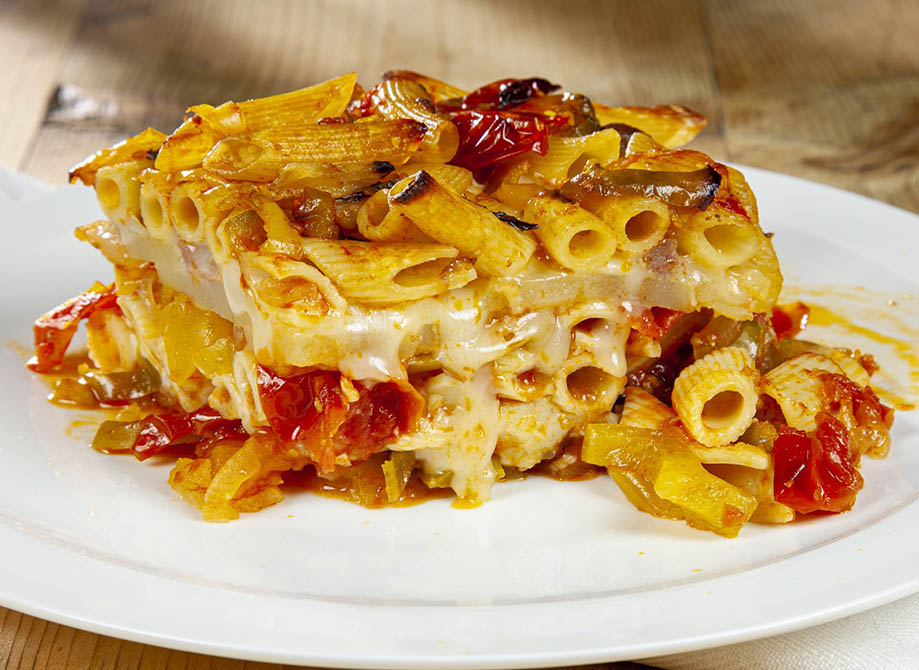
8. Cartellate con Vincotto (Fried Pastry with Cooked Wine Syrup)
Where to try it: Pasticceria Gelateria La Romana
📍 Corso Vittorio Emanuele II, 99
💶 Around €6 per portion
📞 Reservations not required, take-away or sit-in available
For dessert, you must try cartellate—a traditional Foggian sweet that’s especially popular during holidays but often available year-round. These spiral-shaped pastries are fried and then soaked in vincotto, a thick syrup made from cooked grape must.
Crunchy, sticky, sweet, and slightly tangy, cartellate are unlike any other dessert I’ve tasted in Italy. I paired them with an espresso, sat outside the pasticceria, and watched the world go by—pure bliss.
My experience in Foggia was shaped not only by its landmarks or the slow pace of life, but by the flavors that seemed to encapsulate everything I love about southern Italy: honesty, generosity, and intensity. Every meal was a moment—whether it was biting into a panzerotto from a local alleyway, or slowly savoring handmade orecchiette while chatting with a chef about her grandmother’s recipe.
What struck me most was how food in Foggia wasn’t just sustenance or even just pleasure—it was a reflection of identity. Each dish I tried told a story: of regional pride, of ancient traditions passed down like heirlooms, of families who still gather around long wooden tables on Sunday afternoons. There’s no performative tourism here, no gimmicks or flash. You won’t find trendy fusion plates or Instagrammable avocado toast. What you will find is food cooked with intention, with a kind of raw elegance that celebrates local ingredients and time-honored technique.
Even the simplest meals surprised me. A bowl of legume soup, for instance, which I expected to be rustic and plain, turned out to be deeply layered with smoky notes and herbal undertones. The grilled caciocavallo, melted and bubbling, was simultaneously delicate and bold—an entire journey in a single bite. I often found myself sitting back in my chair, eyes closed, just trying to absorb every nuance of flavor before it faded.
The people of Foggia take enormous pride in their cuisine, and rightly so. I had conversations with bakers who wake at 4 a.m. to shape the dough for cartellate, and with butchers who dry-age their meats according to traditions older than their own grandfathers. At every turn, someone was eager to explain why their family’s way of cooking orecchiette was the best—or how to know when the cime di rapa has reached peak bitterness. That openness, that eagerness to share, is part of what made this journey so memorable.
Dining here wasn’t just about eating—it was about connecting. I learned that in Foggia, sharing food is a form of storytelling. It’s a warm, olive-oil-slicked handshake that welcomes you not just into the kitchen, but into the life of the place.
So if you’re planning a journey to Puglia and want to go off the beaten path, let your stomach lead you to Foggia. Come for the food, stay for the soul. Trust me—your taste buds will thank you, but so will your heart. Because some destinations feed more than just your appetite. They feed your spirit. And for me, Foggia is one of those rare, delicious places that does exactly that.
